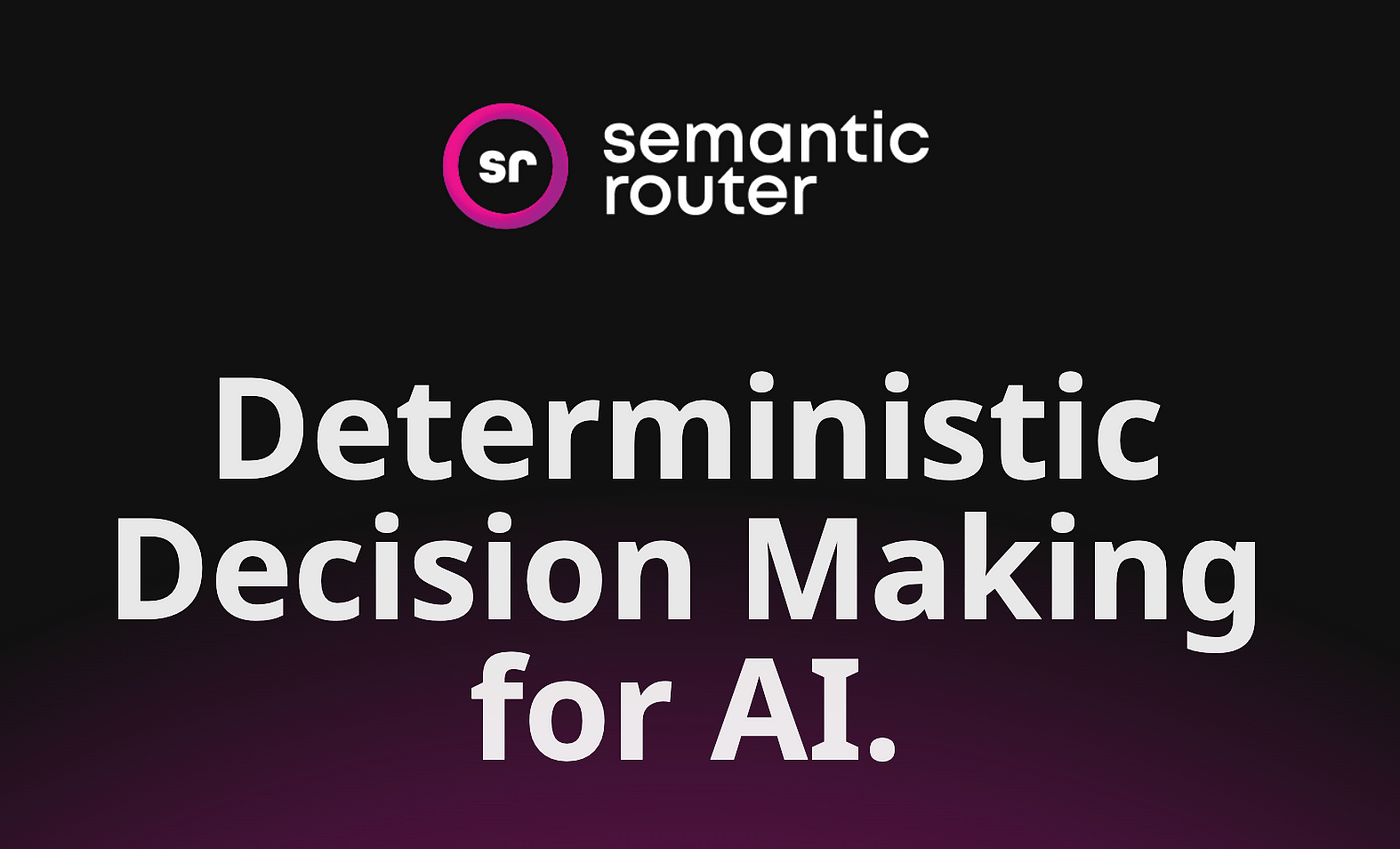
What is a Semantic Router?
A semantic router is a type of routing system that goes beyond traditional IP-based routing by analyzing the context and meaning of the request to determine the best route to take. It uses natural language processing (NLP) and machine learning algorithms to understand the intent behind the request, such as search queries or links, and then directs traffic accordingly.
What is a Semantic Router doing?
A semantic router is constantly monitoring and analyzing incoming requests, identifying patterns and relationships between URLs, keywords, and other relevant data points. This information is used to update routing tables in real-time, ensuring that the most relevant and efficient routes are selected for each request. The ultimate goal of a semantic router is to provide faster, more accurate, and more personalized experiences for users.
Why is it interesting to use?
A semantic router offers several advantages over traditional routing systems. Firstly, it provides better search capabilities, allowing users to quickly find the information they need. Secondly, it reduces latency by taking into account the context of each request. Lastly, it enables more efficient resource allocation, ensuring that the most popular and relevant content is delivered to users in real-time.
Personal experience with a Semantic Router
I recently started using a semantic router as part of my project, and I was blown away by its capabilities. With the help of Ollama LLM’s ‘history’ (remembering) functions, our system can now efficiently track user behavior and provide personalized recommendations based on their search history. But that’s not all – with support for interacting with a Quandrant cluster, our system is now able to seamlessly integrate with other data sources, including large language models like Ollama. This has opened up new possibilities for us to improve the overall experience of our users.
The Power of Ollama LLMs
It’s worth noting that all major Ollama LLMs are leveraging ‘history’ (remembering) functions, allowing them to interact with a Quandrant cluster and make more informed decisions. This means that our system can now tap into the collective knowledge of these models to provide even more accurate and personalized results for users. Additionally, their built-in search capabilities and ability to decide whether or not to use search capabilities are just a few examples of how far these models have come. With Ollama LLMs at the core of our project, we’re able to deliver an unparalleled level of performance and accuracy.

